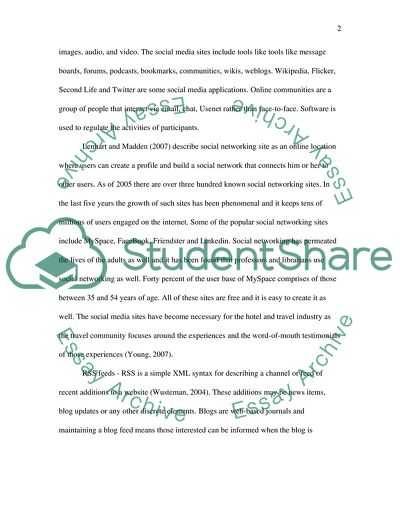Cite this document
(What has been the impact of web 2.0 and what are the emerging lessons Essay, n.d.)
What has been the impact of web 2.0 and what are the emerging lessons Essay. https://studentshare.org/information-technology/1715434-what-has-been-the-impact-of-web-20-and-what-are-the-emerging-lessons-for-hotels-industry
What has been the impact of web 2.0 and what are the emerging lessons Essay. https://studentshare.org/information-technology/1715434-what-has-been-the-impact-of-web-20-and-what-are-the-emerging-lessons-for-hotels-industry
(What Has Been the Impact of Web 2.0 and What Are the Emerging Lessons Essay)
What Has Been the Impact of Web 2.0 and What Are the Emerging Lessons Essay. https://studentshare.org/information-technology/1715434-what-has-been-the-impact-of-web-20-and-what-are-the-emerging-lessons-for-hotels-industry.
What Has Been the Impact of Web 2.0 and What Are the Emerging Lessons Essay. https://studentshare.org/information-technology/1715434-what-has-been-the-impact-of-web-20-and-what-are-the-emerging-lessons-for-hotels-industry.
“What Has Been the Impact of Web 2.0 and What Are the Emerging Lessons Essay”. https://studentshare.org/information-technology/1715434-what-has-been-the-impact-of-web-20-and-what-are-the-emerging-lessons-for-hotels-industry.


